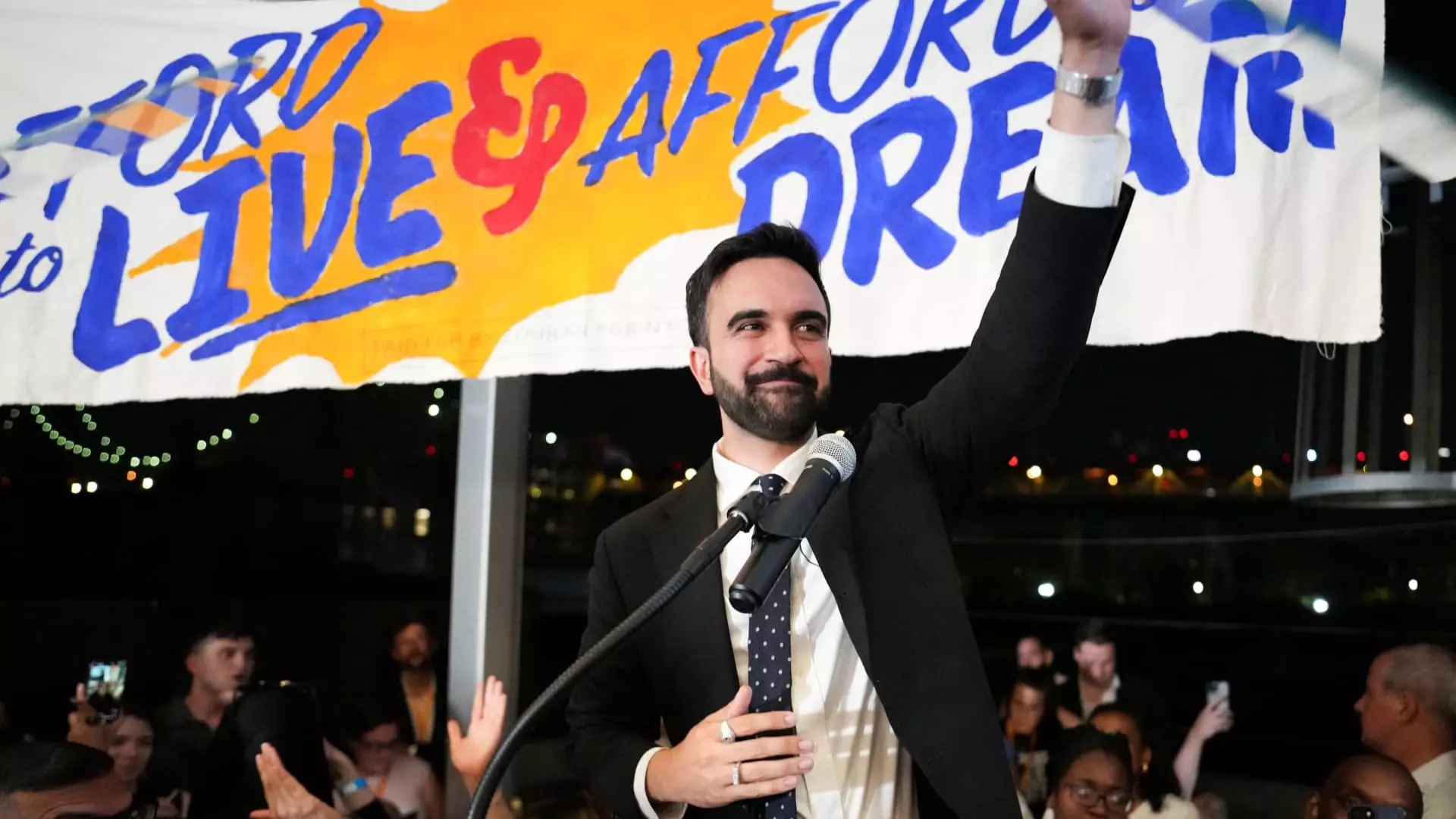In recent political debates and media narratives, the idea that New York City is on the brink of a mass exodus of its wealthiest residents has gained significant traction. Advocates such as Zohran Mamdani champion progressive taxation policies, including a proposed “millionaire tax,” arguing that the city’s immense wealth should contribute more equitably to its infrastructure and social programs. However, a closer examination reveals this story of relentless wealth flight is more fiction than fact. It is driven largely by selective anecdotes, sensationalized reports, and a misunderstanding of economic resilience. The City’s power to attract and retain high-net-worth individuals remains potent, defying simplified narratives that blame taxes for an inevitable decline.
Despite whispers of an impending drain, data illustrates that New York’s unparalleled position as a global financial and cultural hub continues to draw—rather than disperse—its elite. The city’s ability to generate new wealth and replenish its millionaire ranks remains robust. While some high-profile billionaires and millionaires hypothetically consider relocating, they constitute a small fraction of the broader economic fabric. The notion that a few high-profile departures can unravel New York’s economic might grossly overstates the effect of these movements, overlooking the city’s intricate, dynamic, and symbiotic wealth ecosystem.
The Reality Behind Wealth Migration and Public Perception
Skeptics of the wealth flight narrative often point out the selective nature of reports emphasizing billionaires moving to warmer, tax-lower states like Florida. Such stories capture imaginations, but neglect the underlying economic mechanics that sustain New York’s prosperity. It’s important to note that the majority of high earners are motivated by lifestyle, cultural allure, and proximity to vital industries rather than solely by tax considerations. A move across state lines is often temporary or driven by personal preference—marriage, family, or a desire for a different environment—not just fiscal incentives.
Moreover, the assertion that wealthy individuals are abandoning New York in droves is unsupported by comprehensive data. The number of high-net-worth individuals in the city continues to grow, with those worth over $30 million nearly doubling in recent years. The city still boasts more millionaires than many rival regions, including Miami, which is often portrayed as the primary beneficiary of “wealth migration.” This resilience underscores that the city’s allure extends beyond tax rates, encompassing access to premier cultural experiences, educational institutions, and financial services that remain unparalleled.
The perception of widespread wealth flight is amplified by media narratives that highlight extreme cases, but these are distortions that ignore the broader trends. The reality is that most affluent individuals remain, with many Trumping the idea that taxes alone dictate their residency. Many still see New York as an essential part of their personal and professional identity—a place where wealth generation and cultural enrichment intersect.
The Economic and Fiscal Implications of High Taxes
The push for a higher millionaire tax, while morally appealing to some, risks undermining the city’s economic stability. Critics of Mamdani’s platform point out that the city’s existing tax structure, combined with state policies, already imposes a significant burden on top earners. Raising the tax rate to over 16% on top of federal obligations could push some to consider relocation—yet history demonstrates that the actual elasticity of high-income migration in response to tax increases is limited. Many high earners value the quality of life, business opportunities, and the social fabric of New York, which offsets financial considerations.
Additionally, the argument that higher taxes lead to economic decline often overlooks the city’s diversified economy. While the finance and real estate sectors are sensitive to tax policies, New York’s economic ecosystem extends into technology, healthcare, media, and innovation—areas less vulnerable to tax-induced shifts. The city’s resilience is also rooted in its ability to attract global talent, which is motivated by opportunities rather than tax rates alone.
From a fiscal perspective, it’s crucial to recognize that the city’s revenue from high-income residents is significant but not existential. While a reduction in top-tier residents might initially reduce revenue, the dynamic nature of New York’s economy suggests a rapid replenishment of wealth. The influx of new millionaires continues unabated, driven by the city’s existing infrastructure and economic opportunities that keep the cycle of wealth creation active.
Urban Vitality and the Myth of Marginal Decline
The core of the argument that policies like Mamdani’s will trigger a collapse in New York’s economy hinges on a misconception that the city’s wealthy are monolithic and immovable. But wealth in New York fuels an expansive ecosystem—luxury real estate, boutique businesses, cultural institutions, and philanthropic endeavors—that isn’t easily crippled by tax hikes. The city’s vibrancy, built over centuries, acts as a magnet that surpasses the petty deterrents of fiscal policy.
The real threat to New York isn’t the proposed tax hikes but potential policy missteps that neglect the importance of balanced, growth-oriented reform. Excessively punitive measures could, over the long term, deplete the city of the talent and capital that sustain its global standing. Yet, the city’s inherent appeal as a nexus of opportunity, innovation, and culture offers a form of resilience that mere tax statistics cannot capture.
The narrative of an inevitable wealth exodus from New York is overblown and rooted more in fear-mongering than in empirical reality. The city’s unique combination of economic opportunities, cultural capital, and lifestyle appeal continues to attract and retain the world’s wealthiest residents. Attempts to demonize the city’s affluent for political gain risk ignoring the complex, symbiotic relationship that sustains New York’s position as a global economic leader. Rather than retreating in fear, the city must embrace its multifaceted strength—balancing fiscal responsibility with the preservation of its irreplaceable vitality.

